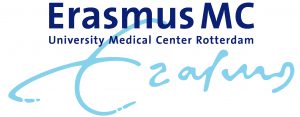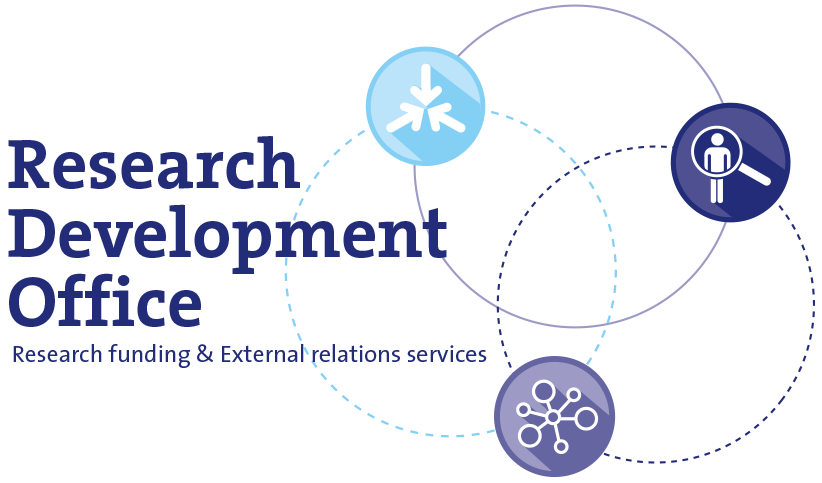Chemoprohylaxis for leprosy: comparing the effectiveness and feasibility of a community-based intervention to a health centre-based intervention in Ethiopia, Mozambique, and Tanzania (PEP4LEP 2.0)
Client :
Liquid Themes
Chemoprohylaxis for leprosy: comparing the effectiveness and feasibility of a community-based intervention to a health centre-based intervention in Ethiopia, Mozambique, and Tanzania (PEP4LEP 2.0)

Project summary
Leprosy is an infectious disease that can cause impairments, making early detection, treatment, and prevention essential to reduce transmission and ensuing complications. Ethiopia, Tanzania, and Mozambique are known as high-endemic areas for leprosy. The World Health Organization recommends single-dose rifampicin post-exposure prophylaxis (SDR-PEP) for contacts of leprosy patients. The EU-funded PEP4LEP 2.0 project aims to identify the most effective integrated approach for screening individuals for leprosy, neglected infectious skin diseases, and common skin diseases to assess eligibility for SDR-PEP administration.
Impact
The study compares two approaches: a community-based skin camp and a health centre-based screening. It also collects additional data to assess the impact of the pandemic on these interventions, the cost-effectiveness and acceptability of both interventions, and the capacity of health workers.
More detailed information
Principal Investigator:
Dr.D. Blok
Role Erasmus MC:
BENEFICIARY
Department:
O. iMGZ Algemeen
Project website:
Funding Agency:




